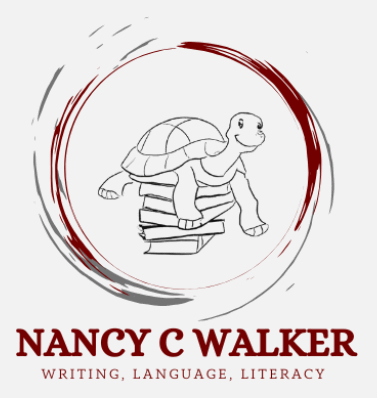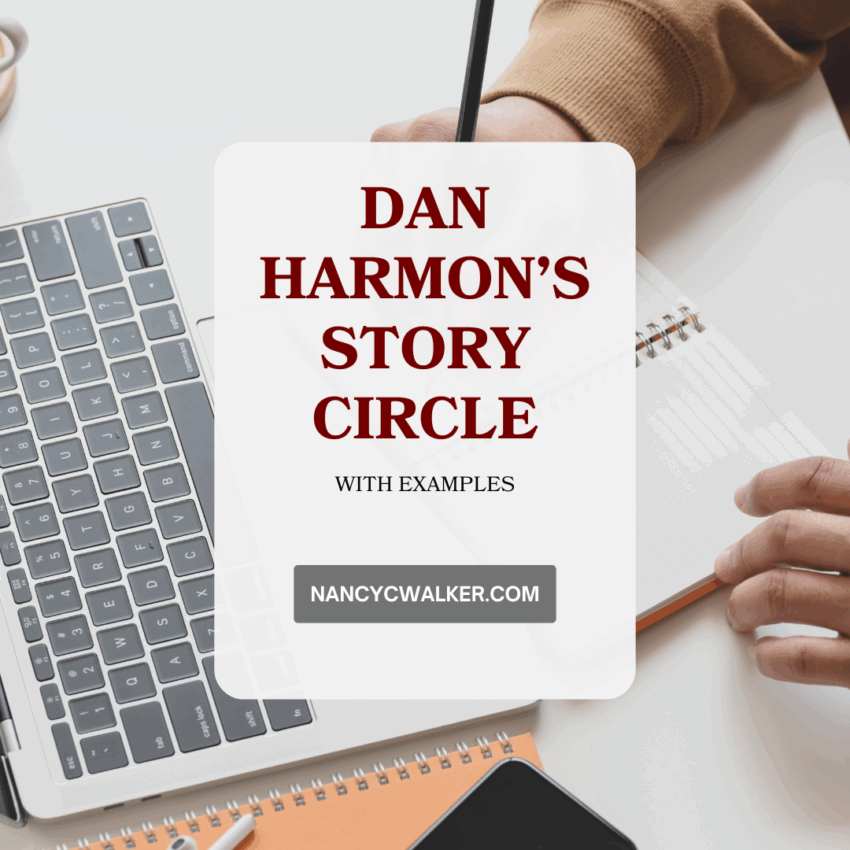This article is part of a series about how you can plot a novel.
When I started plotting my first book, I wanted it to follow the Hero’s Journey plot structure, but I struggled to make it work. Then I came across Dan Harmon’s Story Circle. He took the Hero’s Journey plot structure and narrowed it down to 8 key points. You, Need, Go, Search, Find, Take, Return, Change. Let’s break it down, step-by-step, with some simple examples:
1. You: The Comfort Zone
This is where our hero starts. Their normal life, their familiar world. It’s the baseline, the “before” picture, and we’ll come back to it at the end to see how far they’ve come.
Example: Sarah, a shy librarian, spends her days quietly organizing books.
2. Need: The Inner Longing
Something’s missing. Our character has an internal desire, a void they need to fill. It’s not always obvious, but it’s the engine driving their adventure.
Example: Sarah secretly yearns for adventure and to experience life beyond the library’s shelves.
3. Go: Stepping into the Unknown
Our hero crosses a threshold, leaving their ordinary world behind and entering the world of the story. This can be a huge, fantastical leap or something as simple as starting a new job.
Example: Sarah receives a mysterious, ancient map and follows its cryptic clues.
4. Search: Navigating the New World
Now, they’re on the hunt! They’re looking for what they want, bumping into obstacles, and learning the rules of this new environment. Think trials and tribulations.
Example: Sarah deciphers riddles, navigates treacherous forests, and outsmarts mischievous sprites.
5. Find: The Perceived Prize
This is the midpoint! Our hero thinks they’ve got what they wanted, or at least something close to it. But is it really what they needed?
Example: Sarah finds a hidden treasure chest, believing her quest is complete.
6. Take: The Cost of the Prize
Uh oh. There’s a price to pay. What they wanted might not be what they needed, and there’s a heavy consequence for getting it. This is where the real self-reflection kicks in.
Example: The treasure is cursed, causing chaos and attracting unwanted attention, forcing Sarah to confront the consequences of her actions.
7. Return: Heading Home, Changed
Our hero starts their journey back to their normal world. But they’re not the same person who left. They’ve grown, adapted, and are ready to apply their new understanding.
Example: Sarah, having broken the curse and learned valuable lessons, begins her journey back to the library.
8. Change: The Transformation Revealed
The last step! Our hero realizes how much they’ve transformed. Often we contrast this with their starting point (Step 1) to really highlight their growth, or sometimes, their deliberate lack of it.
Example: Sarah returns to the library, but she’s no longer the shy librarian. She’s confident, shares her adventures (selectively!), and inspires others with her newfound bravery.
The beauty of Harmon’s Story Circle is its simplicity. Each step is just a sentence or two, making it incredibly streamlined. It doesn’t get bogged down in external plot details, instead putting all the focus on the character’s journey. It’s a fantastic foundation for building truly compelling and well-rounded characters, and while you might need to layer in more plot techniques, this is a powerful starting point for any writer.

